Ticks
Ticks are small arachnids in the order Ixodida. Along with mites, they constitute the subclass Acarina. Ticks are ectoparasites (external parasites), living by hematophagy on the blood of mammals, birds, and sometimes reptiles and amphibians. Ticks are vectors of a number of diseases, including Lyme disease, Q fever (rare; more commonly transmitted by infected excreta), Colorado tick fever, Rocky Mountain spotted fever, African tick bite fever, tularemia, tick-borne relapsing fever, babesiosis, ehrlichiosis, Tick paralysis and tick-borne meningoencephalitis, as well as bovine anaplasmosis.Tick species are widely distributed around the world However, they tend to flourish more in countries with warm, humid climates, because they require a certain amount of moisture in the air in order to undergo metamorphosis, and because low temperatures inhibit their development from egg to larva. Ticks of domestic animals are especially common and varied in tropical countries, where they cause considerable harm to livestock by transmission of many species of pathogens and also causing direct parasitic damage. For an ecosystem to support ticks, it must satisfy two requirements: there must be a high enough population density of host species in the area, and there must be high enough humidity for ticks to remain hydrated. Due to their role in transmitting Lyme disease, ixodid ticks, particularly I. scapularis, have been studied using geographic information systems (GIS), in order to develop predictive models for ideal tick habitats. According to these studies, it was determined that certain features of a given micro-climate – such as sandy soil, hardwood trees, rivers, and the presence of deer – are good predictors of dense tick populations.




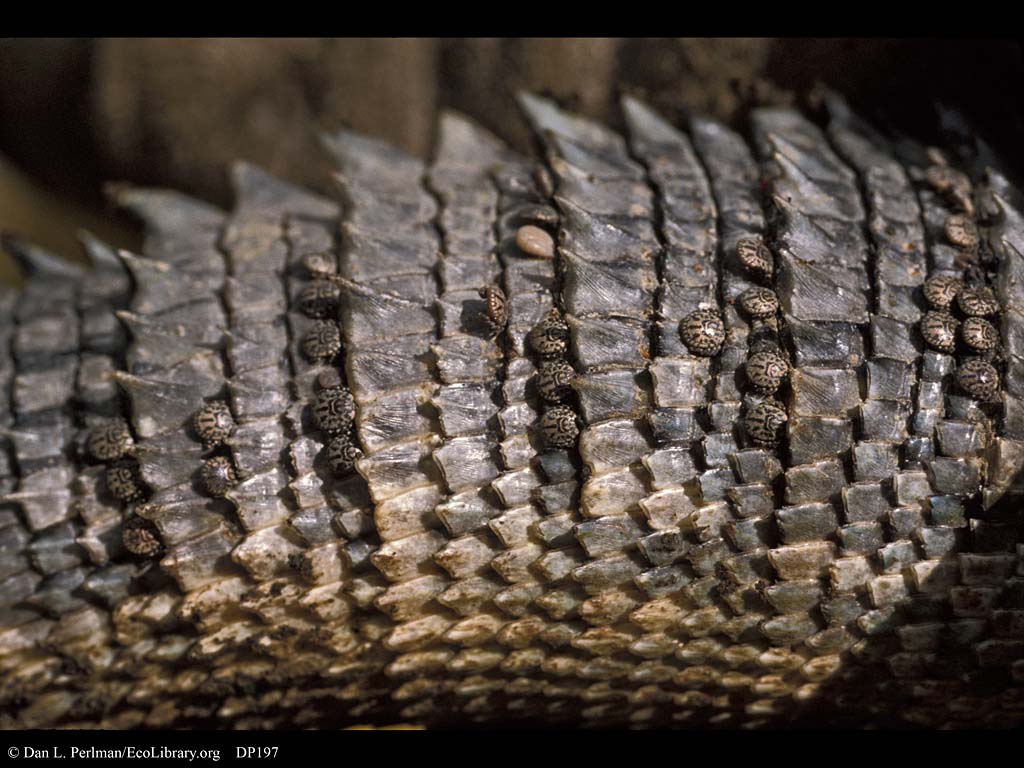

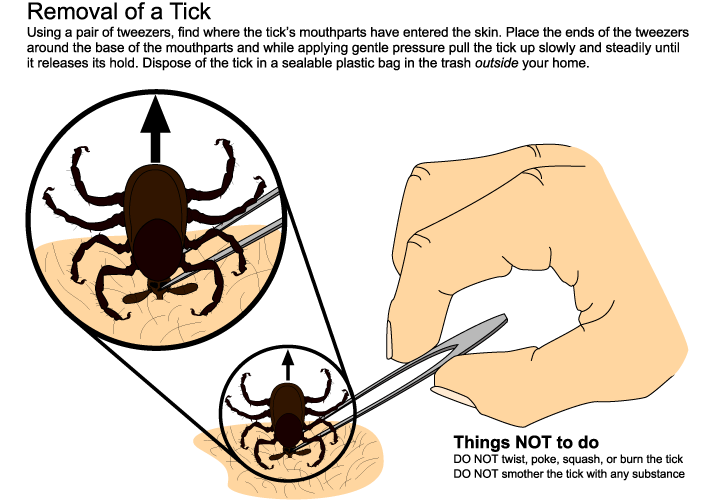
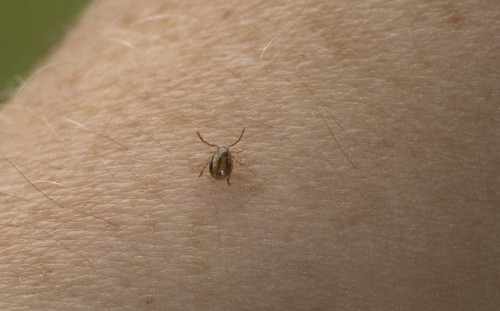

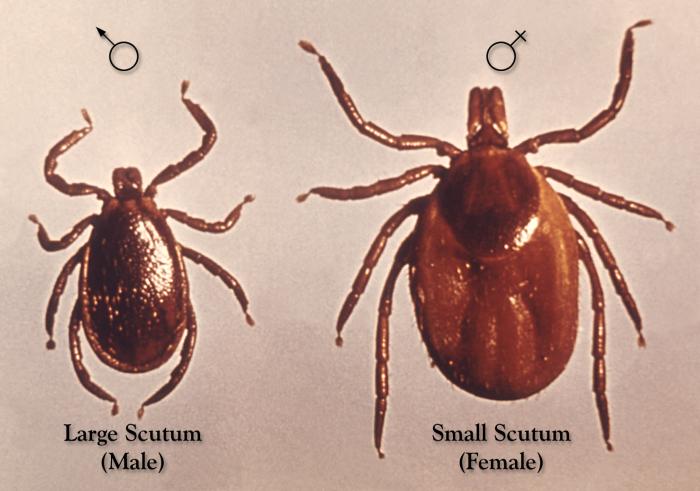






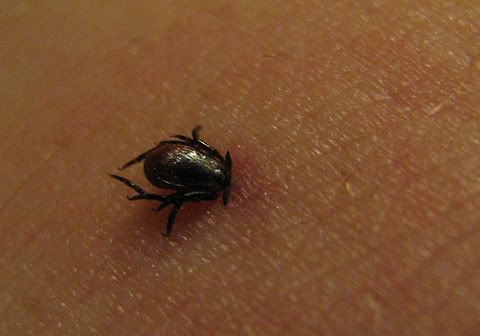
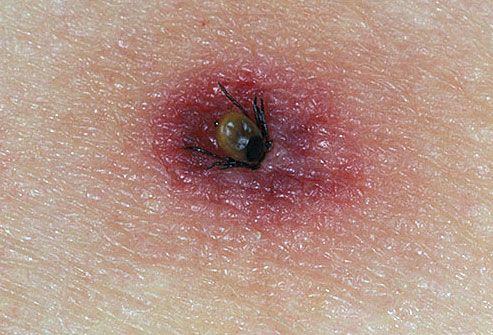
No comments:
Post a Comment